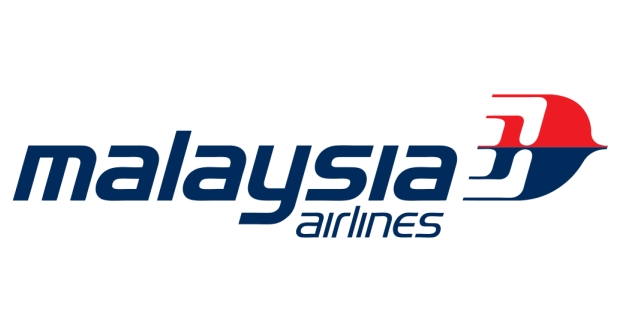When to rebrand: Malaysia Airlines Casestudy

At Traffic, we provide three main forms of branding services. We offer brand refreshes, where we update the look and feel of a brand; brand revitalisations, where we regenerate the brand activity in the market; and full rebrands, where we completely reposition and rename the brand, giving it a whole new identity.
Whether the branding project is incremental or radical, the objective is always the same, to reposition the brand in the mind of the target market. Clients come to us with many reasons behind their need to rebrand. The most frequent include:
A coming of age: A business grows successfully with limited cognitive consideration of the actual brand, but reaches the moment where the brand comes to the fore.
A change of direction in the business: Through acquisitions, mergers and new product development the brand moves in a direction that doesn’t suit the existing brand identity.
To remain relevant to its evolving target market: Brands can age with their target, or choose to continuously reinvent themselves to attract a particular age group. Either way, the brand cannot stay stagnant. It must evolve to stay connected to the ever-changing consumer.
To recover from a negative event: Many brands which have experienced adverse publicity rebrand to distance themselves from an incident.
Having experienced considerable negative backlash from disastrous events, one brand that has featured regularly in the media recently is Malaysian Airlines. With one plane still lost and images of the second wreckage splashed across newspapers and TV screens, the association between the Malaysian Airlines brand and fatal casualties has become etched in our memory. Whilst the cause of the crashes may not have been the fault of the airline, the brand name is now undoubtedly associated with disaster, danger and sadness, the polar opposite of the essence of air travel for most. This negative perception has put the airline under immense commercial pressure.
When safety is so important, a tarnished airline brand that is managed poorly can be disastrous – both Trans World Airlines (TWA) and Pan American (PanAm) failed as a result of the fallout of fatal air disasters. For this reason, airlines often rebrand after a significant crash, repainting the planes, altering logos and often renaming the entire airline. For example, after a crash in 1996, US airline ValuJet, rebranded itself as AirTran Airways and successfully shed the perception that it had a bad safety record.
However, not all problems can be covered up with a lick of paint. A rebrand can help disassociate the brand from a disaster, but the airline must show it is making real changes from within if it is to truly win back consumer trust. In 1983, in a similar incident to that of MH17, the Russian military shot down Korean Airlines Flight 007, killing 269 innocent people. In response, Korean Air Lines was renamed Korean Air, its planes were repainted from white to light blue, and the logo was replaced.
Despite the external makeover, Korean Air could not overcome its poor safety image. In 1999 it suffered three crashes, two of which involved fatalities. This time, the airline chose to focus on changing internal operations, leaving the brand alone. Management hierarchies were removed, new non-military pilots were recruited, and Lufthansa, the German airline giant, retrained the pilots. It was a huge investment, but Korean Air’s efforts were highly successful. It is now a leading airline for safety and service.
Malaysia Airlines faces a long road to recovery. The airline requires an internal and external overhaul. They can repaint planes and tweak logos to signal change, but Malaysia Airlines needs to change from within first. Not just improving safety standards, but also how they manage incident. Travellers were devastated with how the mysterious vanishing of flight MH370 was handled. For many people Malaysian Airlines became the enemy, and a source of their anger and frustration, rather than an ally. The reaction to the second disaster has been better, but a seismic shift is required if they are to win back the trust of their customers.